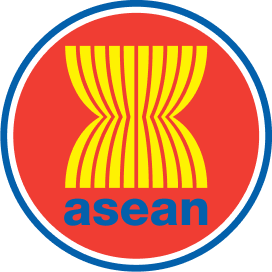

Executive Summary
Prior to the launch of the Grand Bargain during the World Humanitarian Summit (WHS) in Istanbul, Türkiye in 2016, localization was already a topic in international policy fora through the General Assembly Resolution 46/182 in 1991, which underlined the critical role of national governments in coordinating humanitarian response. Subsequently, building local capacities has been part of translating localization in the humanitarian sector. The introduction of the Grand Bargain sheds light on the strategy of “as local and as direct as possible” and “as local as possible and as international as necessary” in the humanitarian field. The Grand Bargain provides an answer to the power imbalance and financial gap between the international community and local stakeholders (OECD, 2018).
After the launching of the Grand Bargain, the 2018 State of the Humanitarian System (SOHS) report outlines the localization progress where it indicated a positive note on the distribution of personnel and expenditure among UN Agencies and NGO for 2017 and the Red Cross/Crescent in 2016.
The number of national humanitarian workers increased from 2013 based on the 2018 SOHS report with NGOs having the highest personnel compared to other types of organizations. This signifies the importance of strengthening the participation of national actors. The paradox however, is that most funds are distributed to UN agencies such as the World Food Programme (WFP), the UN High Commissioner for Refugees (UNHCR), and the UN Children’s Fund (UNICEF) who then allocate the funds to NGOs as grants. NGOs also has the largest expenditure of up to USD16.8 million, while UN agencies spent USD16 million, and the RC/RC Movements spent USD 15.7 million (SOHS, 2018).
The Financial Tracking Systems (FTS) managed by UNOCHA shows a decline across ASEAN Member States in receiving funding in the past 10 years, or since the 2014 Typhoon Haiyan in the Philippines. This finding can further be examined against the progress of the region and respective member states, and the global trend. This will shed light to the meaning of localization and what can be done by ASEAN to leverage localization in the region.
Recommendations to support the possible implementation actions are as follows: (i) ASEAN can standardise national and local capacities to enable localization, (ii) ASEAN can enable greater support for local responders, community participation, and leadership, and (iii) ASEAN can optimise current tools and institutionalise how ASEAN’s funding scheme benefits the local actors.
Introduction
The local citizens are the first to respond when disasters happened. Despite the common goal of being as local as possible is clear, there is no single working definition of localization (SIPA, 2021). Therefore, debates among stakeholders about the definition and the indicator of success for localization arise (Barbelet, 2018). The ICVA Briefing Paper (2018) is also echoes the diversity of interpretations of localization and triggers the widespread acceptance of localization. Similar to this point, UNHCR then defines localizations in three aspects: as incremental change whereas international actors remain relevant for the foreseeable future particularly in a conflict-setting, as radical change where the role of local actors is acknowledged, and as integrated change where investing in local capacity building is a priority (UHCR, 2021). The following definition of localization was also noticeable in several publications: “a process of recognising, respecting and strengthening the leadership by local authorities and the capacity of local civil society in humanitarian action, in order to better address the needs of affected populations and to prepare national actors for future humanitarian response (Boey et all, 2021; Fabre, 2017; King, 2022).”
In ASEAN, localization becomes one of the guiding principles for the ASEAN Agreement on Disaster Management and Emergency Response (AADMER) Work Programme 2021-2025, whereby ASEAN’s activities aim to contribute in strengthening AMS, and to leverage the role – nationally and locally – in leading national disaster management and emergency response. Furthermore, the 2018 ASEAN Regional Disaster Emergency Exercise (ARDEX), conducted every two years, tests the operationalization of a nationally led response, supported by the region and enhanced by the international community. Without overlooking the common goals established during the Grand Bargain, ARDEX – 18 is based on the lessons of the ASEAN Coordinating Centre for Humanitarian Assistance on Disaster Management (AHA Centre) during the Central Sulawesi Earthquake and Tsunami in Indonesia in 2018, which is a few months prior to ARDEX. In addition, ASEAN has successfully constructed permanent housing and auxiliary health facilities in Palu through the funding support from partners. One of the lessons highlighted the importance of partnering with local CSOs and communities in ASEAN recovery projects, particularly given the limited resources of the AHA Centre. While partnering with local CSOs is well-recognised, there is still a need to know why it is not regularly practiced despite localization being a long-standing conversation.
The same element around partnerships with local CSOs and local capacity building programmes exists, particularly in relation to the ASEAN-born CSOs and APG. ASEAN is eager to enhance localization but at the same time, it also looks at how best to position itself in the global aspiration of localization. Nonetheless, ASEAN has a high commitment to foster localization, indicated through the AADMER Work Programme 20212025 that recognises the critical role of local actors in disaster response and risk mitigation. However, the question still remains if this vision will be in line with the seven blocks of the Grand Bargain in 2016? Are the seven blocks relevant to ASEAN’s localization? Is ASEAN considered local or an additional layer in the localization efforts? This trend report aims to answer these to enhance ASEAN’s localization efforts.







